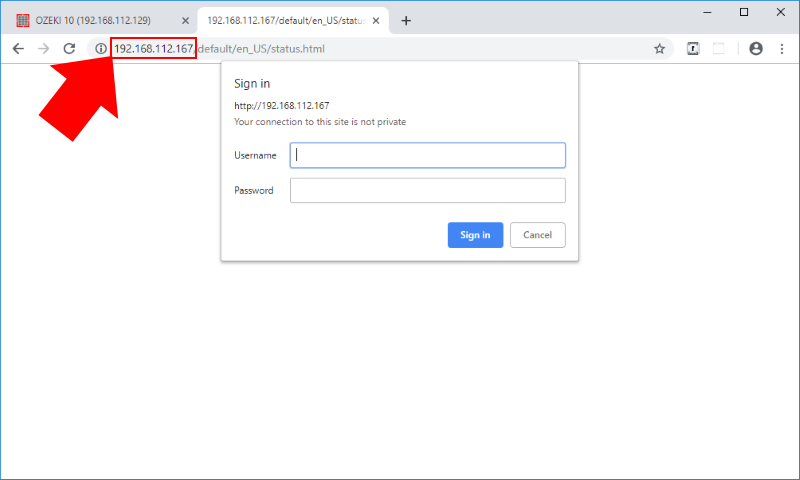

Because Traffic Manager is a DNS-based load-balancing service, it load balances only at the domain level. Traffic Manager is a DNS-based traffic load balancer that enables you to distribute traffic optimally to services across global Azure regions, while providing high availability and responsiveness.

to improve performance and high-availability of your applications.Īt this time, Azure Front Door does not support Web Sockets. It offers Layer 7 capabilities for your application like SSL offload, path-based routing, fast failover, caching, etc. Here are the main load-balancing services currently available in Azure:įront Door is an application delivery network that provides global load balancing and site acceleration service for web applications. The following table summarizes the Azure load balancing services by these categories: Service Non-HTTP/S load-balancing services can handle non-HTTP(S) traffic and are recommended for non-web workloads. They include features such as SSL offload, web application firewall, path-based load balancing, and session affinity. They are intended for web applications or other HTTP(S) endpoints. HTTP(S) load-balancing services are Layer 7 load balancers that only accept HTTP(S) traffic. You can think of them as systems that load balance between VMs, containers, or clusters within a region in a virtual network. Regional load-balancing services distribute traffic within virtual networks across virtual machines (VMs) or zonal and zone-redundant service endpoints within a region. You can think of them as systems that load balance between application stamps, endpoints, or scale-units hosted across different regions/geographies. They also react to changes in service reliability or performance, in order to maximize availability and performance. These services route end-user traffic to the closest available backend. Global load-balancing services distribute traffic across regional backends, clouds, or hybrid on-premises services. Service categorizationsĪzure load balancing services can be categorized along two dimensions: global versus regional, and HTTP(S) versus non-HTTP(S). This article describes how you can use the Azure Load Balancing hub page in the Azure portal to determine an appropriate load-balancing solution for your business needs. It can also improve availability by sharing a workload across redundant computing resources.Īzure provides various load balancing services that you can use to distribute your workloads across multiple computing resources - Application Gateway, Front Door, Load Balancer, and Traffic Manager. Load balancing aims to optimize resource use, maximize throughput, minimize response time, and avoid overloading any single resource. The term load balancing refers to the distribution of workloads across multiple computing resources.


 0 kommentar(er)
0 kommentar(er)
